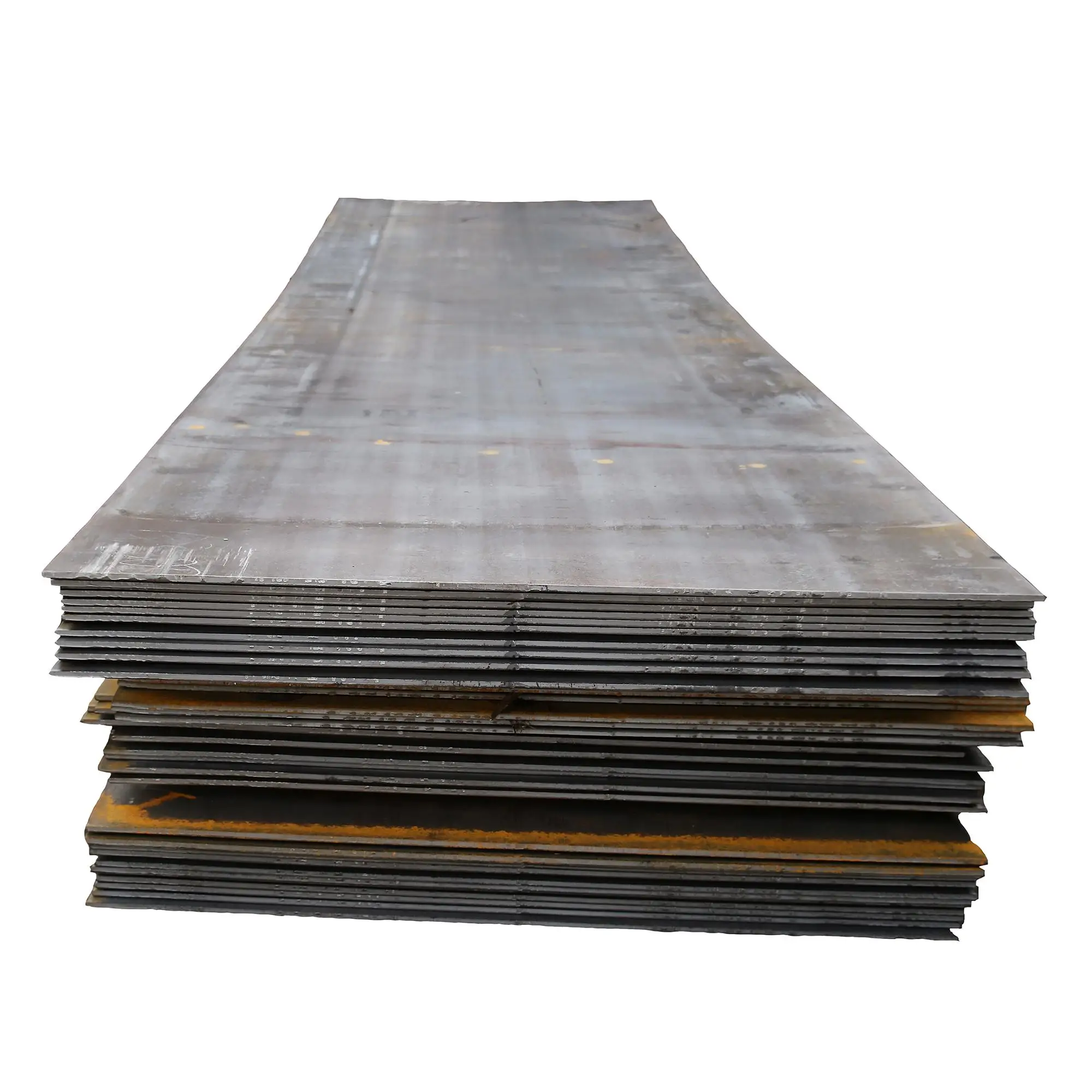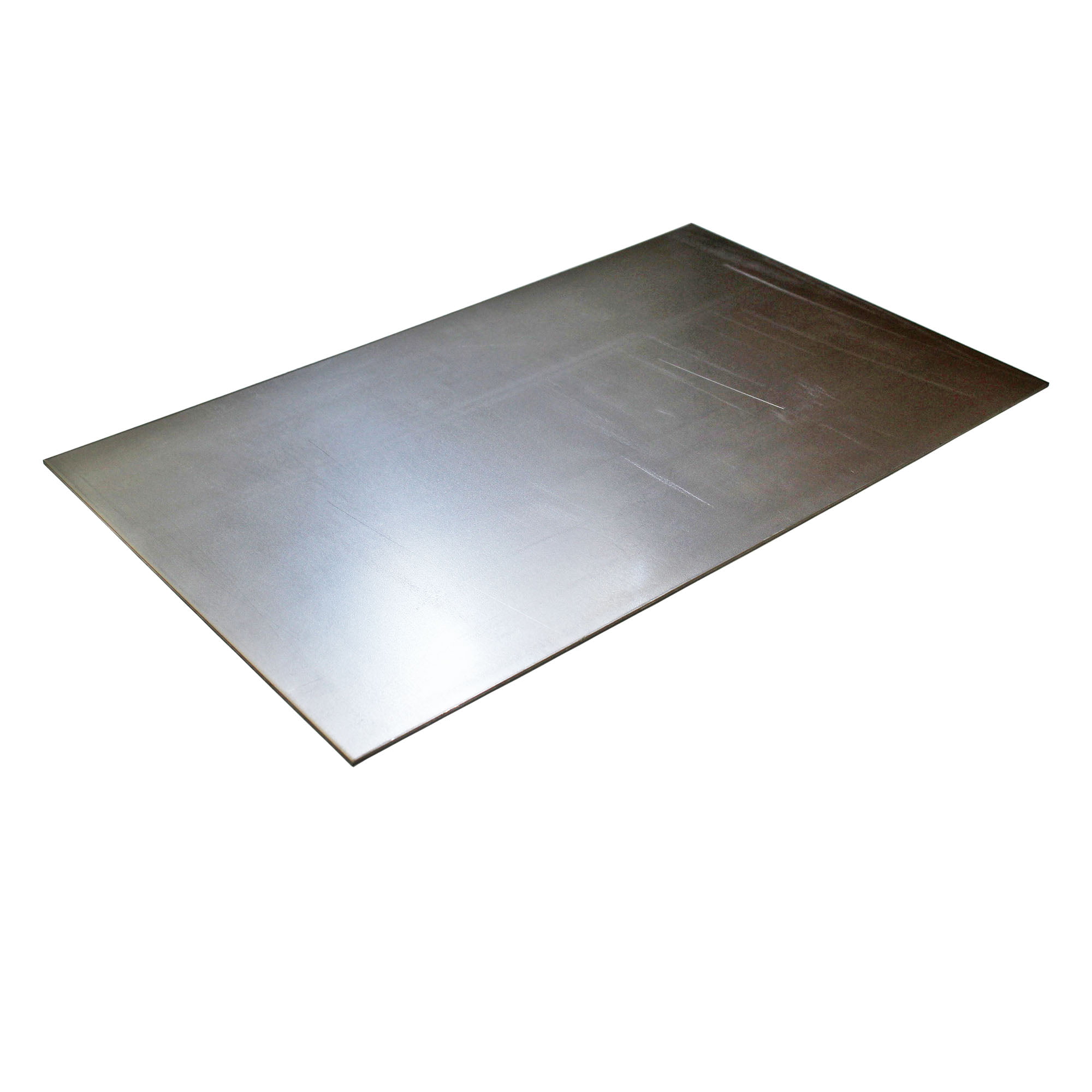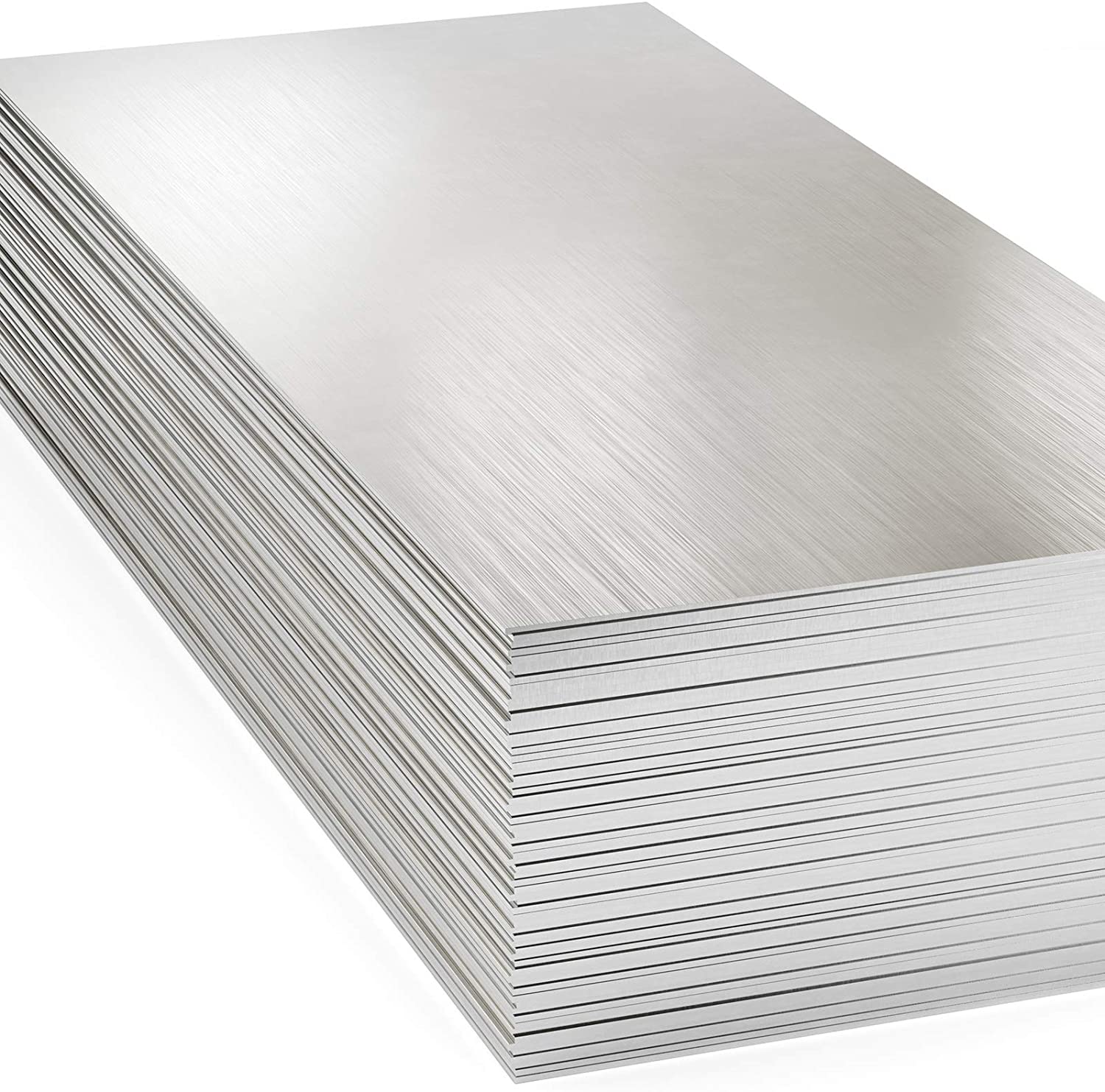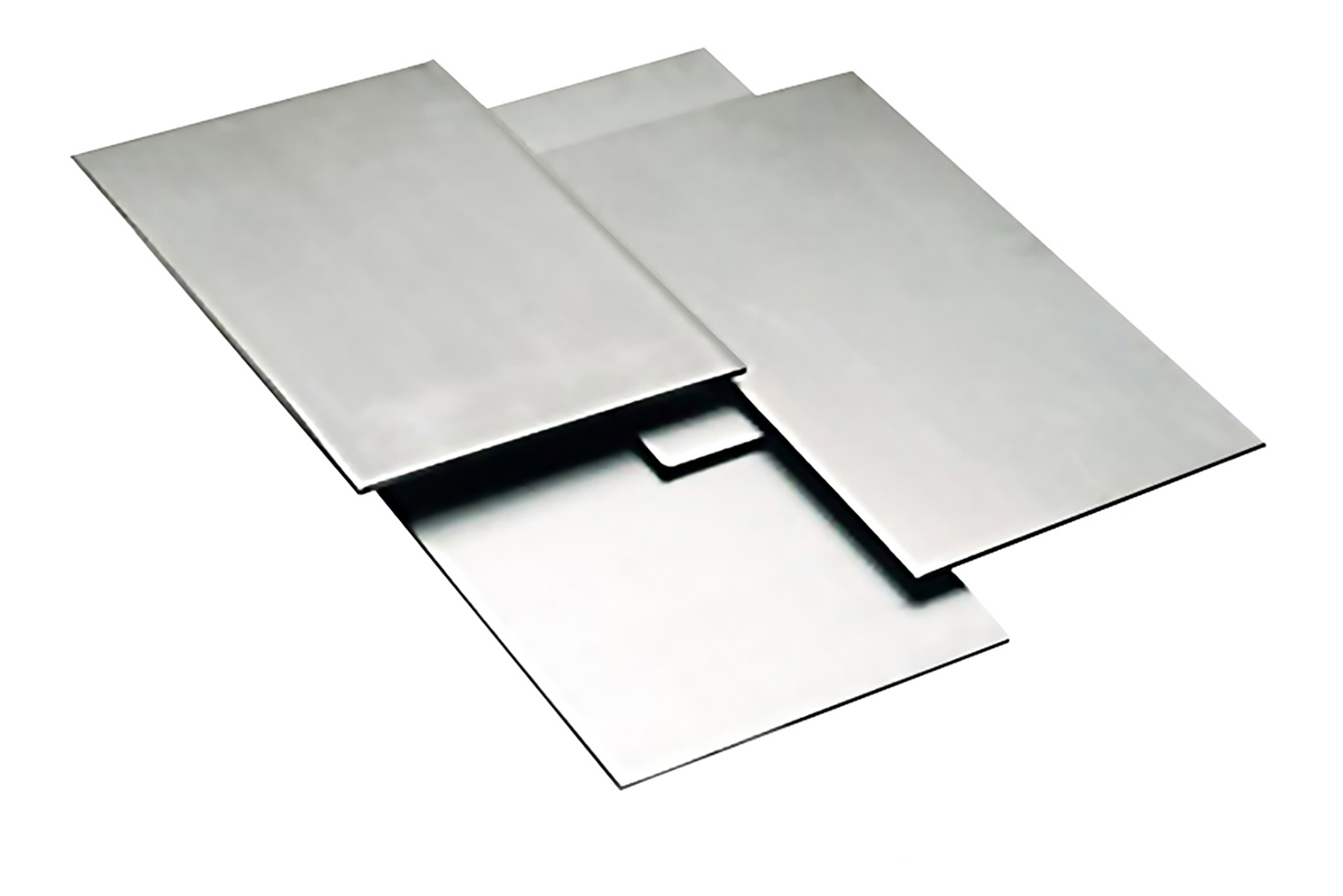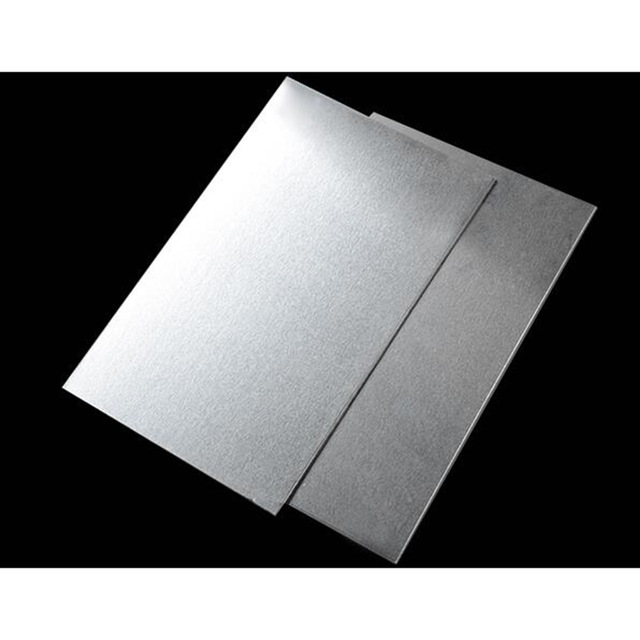Sheet Plate - In simple terms, the thickness matters: Use sheets for thinner needs and plates for thicker, more robust applications. Understanding the differences between sheet and plate ensures you make informed decisions for your projects. Sheets are typically used where less structural strength is needed, while plates are reserved. A sheet is a thinner item of metal cut from a continuously rolled coil, whereas a plate is a thicker item rolled as a single piece. If the metal's thickness is ¼” or more, then it is considered plate. The difference between metal sheet and plate can be defined by thickness. You might have heard the terms “steel sheet” and “steel plate” thrown around, but what’s the real difference between the two?
Understanding the differences between sheet and plate ensures you make informed decisions for your projects. If the metal's thickness is ¼” or more, then it is considered plate. You might have heard the terms “steel sheet” and “steel plate” thrown around, but what’s the real difference between the two? The difference between metal sheet and plate can be defined by thickness. In simple terms, the thickness matters: Sheets are typically used where less structural strength is needed, while plates are reserved. A sheet is a thinner item of metal cut from a continuously rolled coil, whereas a plate is a thicker item rolled as a single piece. Use sheets for thinner needs and plates for thicker, more robust applications.
Use sheets for thinner needs and plates for thicker, more robust applications. Understanding the differences between sheet and plate ensures you make informed decisions for your projects. In simple terms, the thickness matters: The difference between metal sheet and plate can be defined by thickness. A sheet is a thinner item of metal cut from a continuously rolled coil, whereas a plate is a thicker item rolled as a single piece. You might have heard the terms “steel sheet” and “steel plate” thrown around, but what’s the real difference between the two? If the metal's thickness is ¼” or more, then it is considered plate. Sheets are typically used where less structural strength is needed, while plates are reserved.
10 Mm Mild Steel Sheet at Rs 67/kilogram Naraina Delhi ID 20722302262
Sheets are typically used where less structural strength is needed, while plates are reserved. You might have heard the terms “steel sheet” and “steel plate” thrown around, but what’s the real difference between the two? A sheet is a thinner item of metal cut from a continuously rolled coil, whereas a plate is a thicker item rolled as a single.
Astm A36 Steel Plate Price Per Ton Kg Iron Metal Mild Steel + Sheets
Use sheets for thinner needs and plates for thicker, more robust applications. If the metal's thickness is ¼” or more, then it is considered plate. You might have heard the terms “steel sheet” and “steel plate” thrown around, but what’s the real difference between the two? Sheets are typically used where less structural strength is needed, while plates are reserved..
Steel Manufacturers 304 Brushed Nickel Sheet /Plate Metal 2b Finish
In simple terms, the thickness matters: Use sheets for thinner needs and plates for thicker, more robust applications. Understanding the differences between sheet and plate ensures you make informed decisions for your projects. The difference between metal sheet and plate can be defined by thickness. Sheets are typically used where less structural strength is needed, while plates are reserved.
3mm Thick Mild Steel Metal Sheet Plate Speciality Metals
A sheet is a thinner item of metal cut from a continuously rolled coil, whereas a plate is a thicker item rolled as a single piece. The difference between metal sheet and plate can be defined by thickness. You might have heard the terms “steel sheet” and “steel plate” thrown around, but what’s the real difference between the two? Sheets.
Steel Plate / MS Sheet / ASTM A36 Hot Rolled /Cold Rolled Carbon Steel
The difference between metal sheet and plate can be defined by thickness. If the metal's thickness is ¼” or more, then it is considered plate. Sheets are typically used where less structural strength is needed, while plates are reserved. A sheet is a thinner item of metal cut from a continuously rolled coil, whereas a plate is a thicker item.
430 Stainless Steel Sheet/Plate SoLucky Steel
The difference between metal sheet and plate can be defined by thickness. Use sheets for thinner needs and plates for thicker, more robust applications. In simple terms, the thickness matters: Sheets are typically used where less structural strength is needed, while plates are reserved. If the metal's thickness is ¼” or more, then it is considered plate.
Sheet Metal & Steel Plate Commonly Asked Questions HVR MAG
Understanding the differences between sheet and plate ensures you make informed decisions for your projects. Sheets are typically used where less structural strength is needed, while plates are reserved. You might have heard the terms “steel sheet” and “steel plate” thrown around, but what’s the real difference between the two? Use sheets for thinner needs and plates for thicker, more.
Hot Rolled 304 Stainless Steel Plate, Thickness 45 mm, Rs 180 /kg
The difference between metal sheet and plate can be defined by thickness. Sheets are typically used where less structural strength is needed, while plates are reserved. Use sheets for thinner needs and plates for thicker, more robust applications. If the metal's thickness is ¼” or more, then it is considered plate. In simple terms, the thickness matters:
Stainless Steel Sheet/Plate Stainless Steel Impact Ireland Metals Ltd
You might have heard the terms “steel sheet” and “steel plate” thrown around, but what’s the real difference between the two? If the metal's thickness is ¼” or more, then it is considered plate. In simple terms, the thickness matters: The difference between metal sheet and plate can be defined by thickness. A sheet is a thinner item of metal.
3104 aluminum sheet, aluminum sheet plate 3104
If the metal's thickness is ¼” or more, then it is considered plate. Use sheets for thinner needs and plates for thicker, more robust applications. Sheets are typically used where less structural strength is needed, while plates are reserved. In simple terms, the thickness matters: Understanding the differences between sheet and plate ensures you make informed decisions for your projects.
A Sheet Is A Thinner Item Of Metal Cut From A Continuously Rolled Coil, Whereas A Plate Is A Thicker Item Rolled As A Single Piece.
Use sheets for thinner needs and plates for thicker, more robust applications. Understanding the differences between sheet and plate ensures you make informed decisions for your projects. If the metal's thickness is ¼” or more, then it is considered plate. The difference between metal sheet and plate can be defined by thickness.
Sheets Are Typically Used Where Less Structural Strength Is Needed, While Plates Are Reserved.
In simple terms, the thickness matters: You might have heard the terms “steel sheet” and “steel plate” thrown around, but what’s the real difference between the two?

